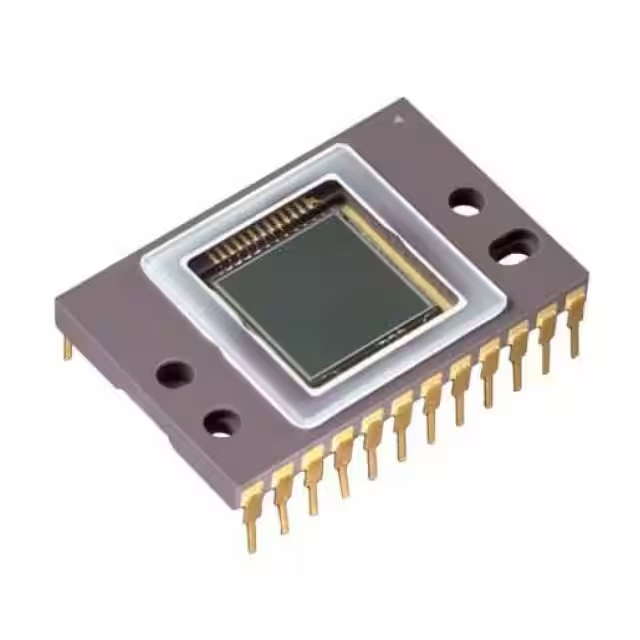LPS22HB datasheet, application note, arduino
- Tipo de presión: -
- Corriente de suministro de funcionamiento: -
- Voltaje de salida: -
- Paquete: -

Envío GRATUITO para pedidos superiores a HK$250.00

Respuesta rápida, cotización rápida.

Envío rápido, sin preocupaciones posventa.

Canal original, garantía de los productos auténticos.
LPS22HB
If you’re planning a compact, energy-efficient project that needs accurate pressure sensing—like drones, wearables, or indoor navigation—the LPS22HB sensor is an excellent pick. It measures from 260 to 1260 hPa with an accuracy of ±0.1 hPa (around 1 meter altitude precision), making even slight altitude changes easy to detect. Plus, it has an integrated temperature sensor and FIFO buffer, saving your MCU from frequent polling. With ultra-low standby current (only 3μA) and both I²C and SPI interfaces, connecting it to STM32, ESP32, or Arduino is straightforward and hassle-free.
LPS22HB Pinout
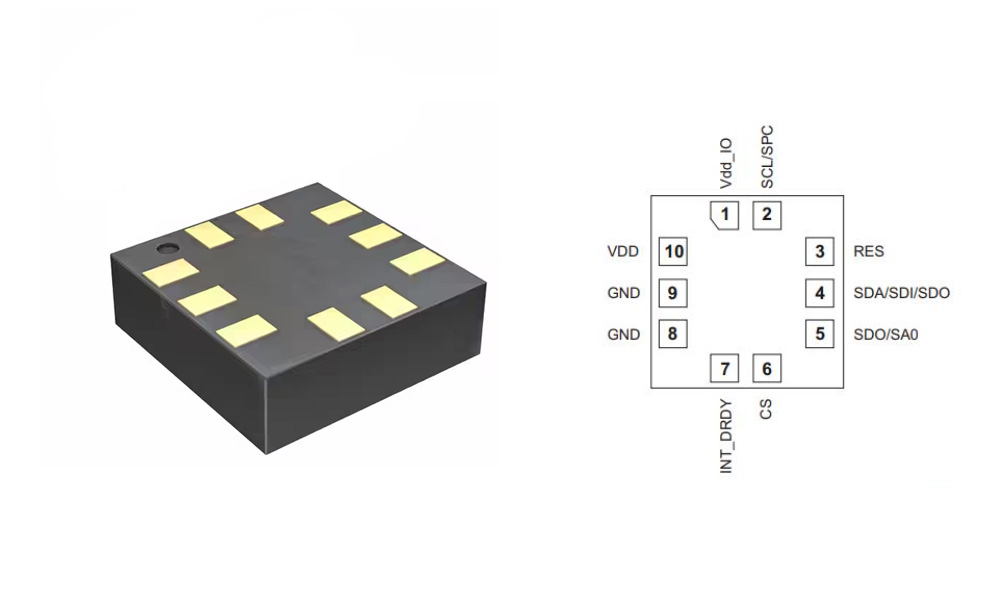
| Número PIN | Nombre del pin | Tipo | Descripción de la función |
|---|---|---|---|
| 1 | VDD_IO | Fuerza | Digital I/O power supply input (1.7–3.6V) |
| 2 | SCL | Aporte | I²C clock / SPI clock (SCLK) |
| 3 | Adventista del Séptimo Día | Input/Output | I²C data line / SPI data line (SDI/SDO) |
| 4 | SA0/SDO | Input/Output | I²C address selection / SPI data output (SDO) |
| 5 | CS | Aporte | SPI chip select (active low) |
| 6 | INT_DRDY | Producción | Interrupt or data ready signal |
| 7 | Tierra | Fuerza | Suelo |
| 8 | VDD | Fuerza | Analog power supply input (1.7–3.6V) |
| 9 | RES | Reservado | Reserved, leave unconnected |
| 10 | RES | Reservado | Reserved, leave unconnected |
When you’re working with the LPS22HB pressure sensor, it supports both SPI and I²C interfaces. If you’re using I²C, pull the CS pin up to VDD_IO. For the address pin (SA0), pulling it high sets the address to 0x5D, and pulling it low sets it to 0x5C. If you go with SPI, just use the CS pin for chip selection, and SDA as the data line. For power, feeding both VDD and VDD_IO with a stable 3.3V works best. There are two reserved (RES) pins; leave these floating—no need to connect them to anything—to avoid internal interference.
LPS22HB Equivalent

| Parámetro/Modelo | LPS22HB | LPS22HH | BMP390 | DPS310 |
|---|---|---|---|---|
| Pressure Range (hPa) | 260 – 1260 | 260 – 1260 | 300 – 1250 | 300 – 1200 |
| Pressure Accuracy | ±0.1 hPa | ±0.5 hPa | ±0.03 hPa | ±0.002 hPa |
| Temperature Sensor | Sí | Sí | Sí | Sí |
| Interfaz | I²C / SPI | I²C / SPI | I²C / SPI | I²C / SPI |
| Voltaje de operación | 1.7 – 3.6V | 1.7 – 3.6V | 1.7 – 3.6V | 1.7 – 3.6V |
| Package Size | 2 × 2 × 0.76 mm | 2 × 2 × 0.73 mm | 2 × 2 × 0.75 mm | 2 × 2.5 × 1.1 mm |
| Built-in FIFO | Yes (32 levels) | Yes (128 levels) | Yes (FIFO supported) | Yes (FIFO supported) |
| Fabricante | CALLE | CALLE | Bosch | Infineon |
If you’re currently using the LPS22HB and need a hassle-free upgrade, the LPS22HH is your best bet. It’s pin-compatible, same voltage, and offers a larger FIFO buffer (128-level), perfect for projects needing more data storage. The only trade-off is slightly lower accuracy (±0.5 hPa), still plenty for weather tracking or indoor positioning.
Two other solid options are DPS310 and BMP390. DPS310 has exceptional accuracy (±0.002 hPa) ideal for precise drone altitude control, but it’s slightly thicker (1.1mm). BMP390 offers slightly better accuracy than LPS22HB and fits smart wearables nicely, but remember, you’ll need some software tweaks since its code isn’t fully compatible with ST sensors.
LPS22HB Barometric Sensor Circuit

Wiring the LPS22HB is easy—just supply 3.3V to VDD and VDD_IO, add a 100nF decoupling capacitor nearby, and choose either I²C or SPI communication. For I²C, set SA0 low (0x5C) or high (0x5D), pull CS high, and connect SCL and SDA to your MCU. Use INT_DRDY for data-ready interrupts, and keep traces short to maintain accuracy.
LPS22HB Weather Station Project
Building a mini weather station with the LPS22HB sensor is easy and practical. You’ll measure real-time pressure and temperature, giving you an idea of upcoming weather. All you need is the sensor, an Arduino or ESP32, and maybe a small OLED screen or WiFi for data upload.
Wiring is straightforward: connect SCL and SDA to Arduino A5 and A4, pull the CS pin high, and choose I²C address with SA0 (GND=0x5C, VDD=0x5D). With the Adafruit library, your code is quick and easy.
When pressure rises above 1015 hPa, weather’s usually clear. If it’s falling below 1000 hPa, rain might be coming. Around 1010 hPa means cloudy or uncertain. Add a DHT22 sensor for humidity or use ESP32 to upload data online for extra fun.
LPS22HB Arduino

The CJMCU-22 module you’re using is basically an LPS22HB sensor breakout with clearly labeled pins matching ST’s official guidelines. Connecting it to an Arduino UNO is straightforward: VCC to 5V, GND to ground, SCL to A5, SDA to A4. Ground the SDO pin to set the I²C address, and pull CS pin high (3.3V) to activate I²C mode. INT is optional, useful if you want interrupt-driven data reads.
This setup lets your Arduino read accurate pressure and temperature, perfect for weather stations, drone altitude monitoring, or indoor positioning. Use the Adafruit_LPS2X library to simplify coding. If you experience unstable communication, adding 4.7k pull-up resistors on the I²C lines can help stabilize things.
LPS22HB Application
The LPS22HB is great for wearables like smartwatches or fitness trackers. It’s tiny (2×2mm), ultra-low-power, and easily picks up subtle height changes—like when you’re climbing stairs or riding elevators. This helps your devices deliver accurate fitness tracking, correcting steps or counting floors. Plus, it’s super easy to connect with MCUs like STM32, ESP32, or nRF52.
For drones, the LPS22HB also works perfectly as an altitude sensor. It quickly detects altitude variations under 1 meter, essential for stable hovering and landing. With built-in FIFO, it reduces your MCU load and integrates smoothly with GPS or IMU data, enhancing overall flight stability and navigation accuracy.
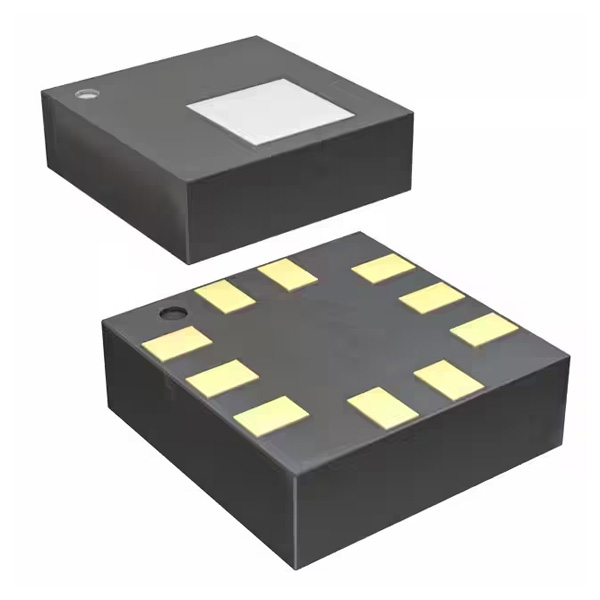

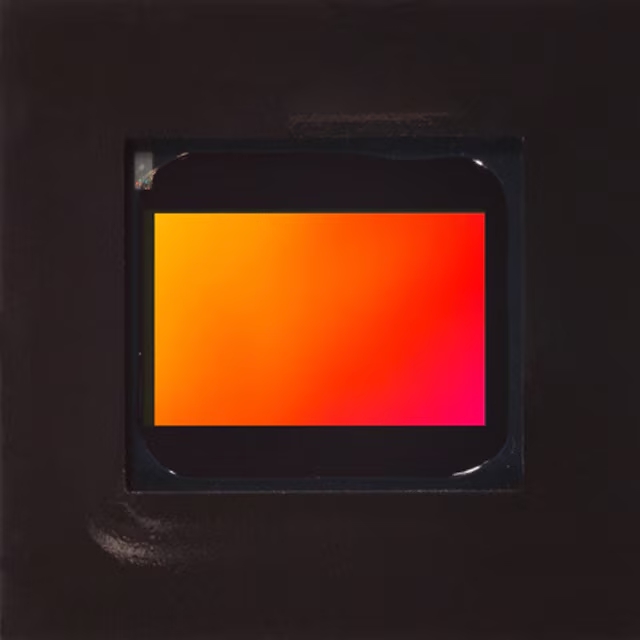


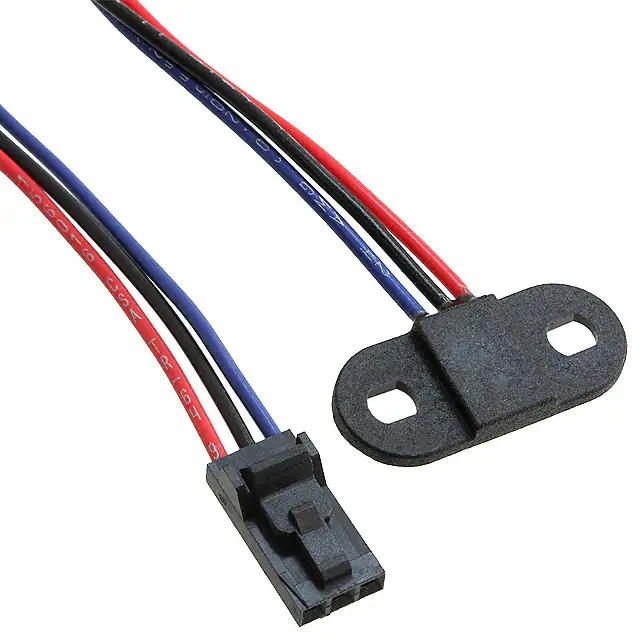

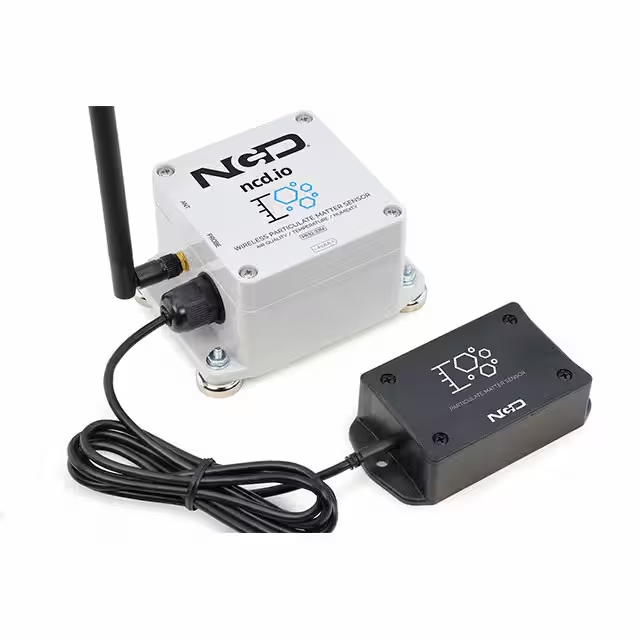

_W.jpg)



